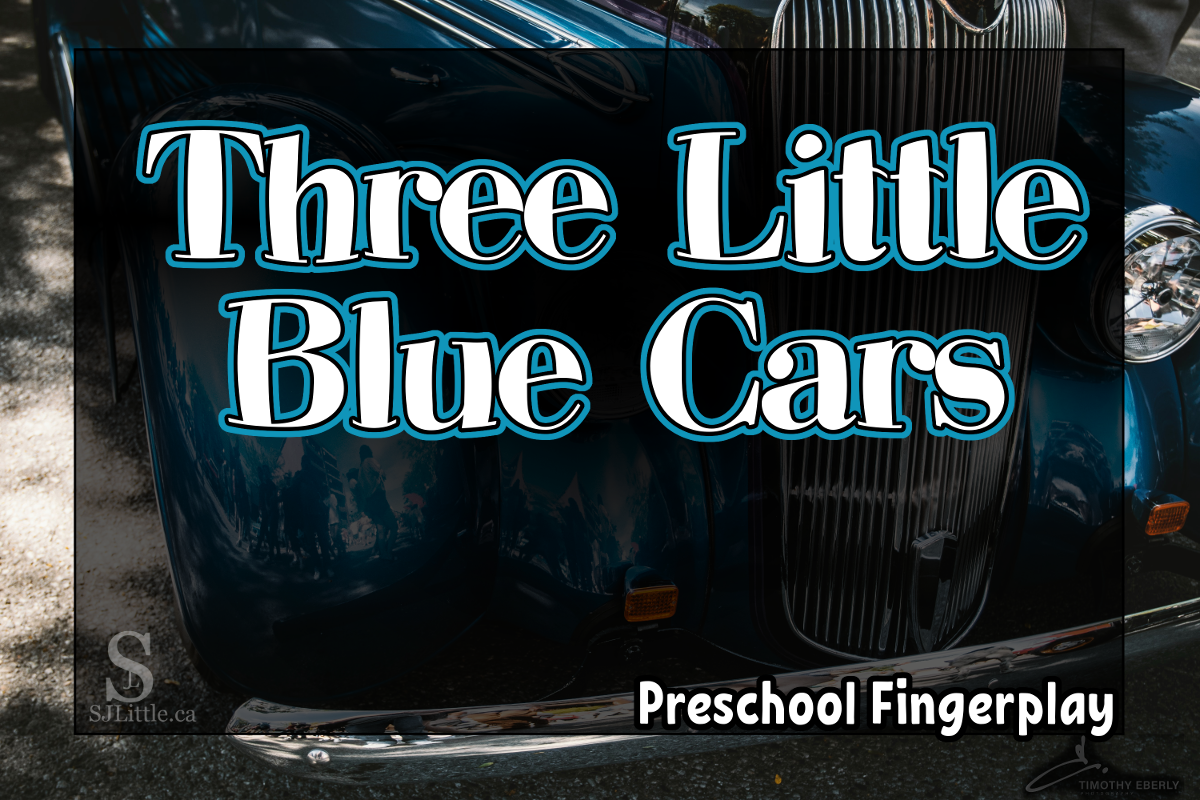
What is a Transition?
In the preschool and childcare world, a transition is any time children are switching between activities. This could include moving from the classroom to a gym space or the bathroom. It could also include changing from free play to circle time or snack time. Arrival and departure times are transitions as well.
These parts of the schedule are often difficult for young children because they have to leave something they are enjoying (such as free play) or they have to wait. Waiting is hard. It is a skill for young children to learn.
So how can we make transitions smoother? Check out the tips below.
1. Give a Warning
Two minutes before you need to transition, briefly get everyone’s attention to let them know that they have only two minutes left in the current activity.
Typically this can be done for the group as a whole, but some children need to be individually told. Get down on their level, touch their hand. Make sure they’re listening when you tell them.
2. Explain What’s Next
Children don’t want to leave the fun thing they are doing, therefore, give them something to look forward to. Briefly tell them what’s next. If the next activity is not one they enjoy, mention the following thing as well. For example, “First we will go to the bathroom, then it’s gym time.”
3. Praise Good Behaviour
What can we adults do to help transitions go smoother? Do you see a child doing what you want? Let them know with a quick high five and a “Good job.”
At times we get so caught up redirecting undesired behaviour that we forget to praise the good behaviour. Not only does this lead to the children not knowing what you want them to be doing, but it also can result in even more undesired behaviour. Why? Because children need attention. When they aren’t getting attention for good behaviour, they begin to mimic the undesired behaviour because that is what gets them the attention they crave.
Sometimes, though not always, ignoring undesired behaviour while praising desired behaviour can work wonders in making transitions smoother.
4. Sing a Transition Song
Preschool age children tend to respond well to songs. Using a song to let them know it is time to transition rather than simply telling them is a long standing strategy that works.
The classic example of this is the Cleanup Song.
Other transition specific songs can include:
- Line up songs
- Stand up songs
- Sit down songs
5. Sing General Preschool Songs
If your transition includes waiting or lining up and walking to a different room, singing regular preschool songs can be a huge help in keeping the children focused and in line.
These songs could include:
- ABCs
- Twinkle Twinkle Little Star
- If You’re Happy and You Know It
- The Flamingo Song
- Space Songs
- Check out my Big List of Simple Preschool Songs for more
6. Assign a Job
Some children respond well to responsibility. It makes them feel important. Therefore, give them a task to do.
When walking in a line-up, tasks could include:
- Leader of the line
- Caboose of the line (their job is to make sure no one gets left behind)
- Hold a younger child’s hand
- Carry something for you
When cleaning up, tasks could include:
- Look around for any pieces of toy food that need to go back to the kitchen
- Hold the bucket so the other children can put toys in
- Clean up a certain area of the room
7. Play a Game
When waiting, simple games can help everyone have a better day, even the teachers. Some of these can be done while walking as well.
Try one of these games:
- I spy
- Find the Body Parts (pat your head, etc.)
- Pretend to be… (can you walk like a giraffe?)
- Stretch (copy me while I touch my toes)
8. Smile
As you are transitioning, don’t forget to smile. If you are uptight and irritable, the children will sense it. If you are smiling, everyone will enjoy the experience better.
I hope these eight tips help make your transitions smoother. What are your favourite transition strategies for preschoolers, toddlers, or other young children?
Need more help with clean-up time? Check out the article: 3 Clean-up Strategies for Toddlers and Preschoolers


 Time to Sleep
Time to Sleep





